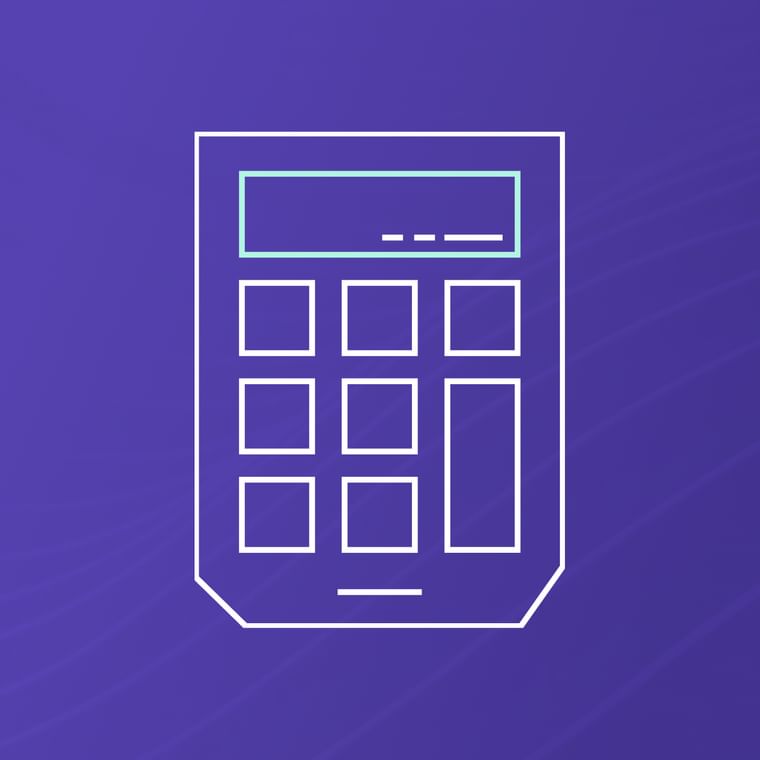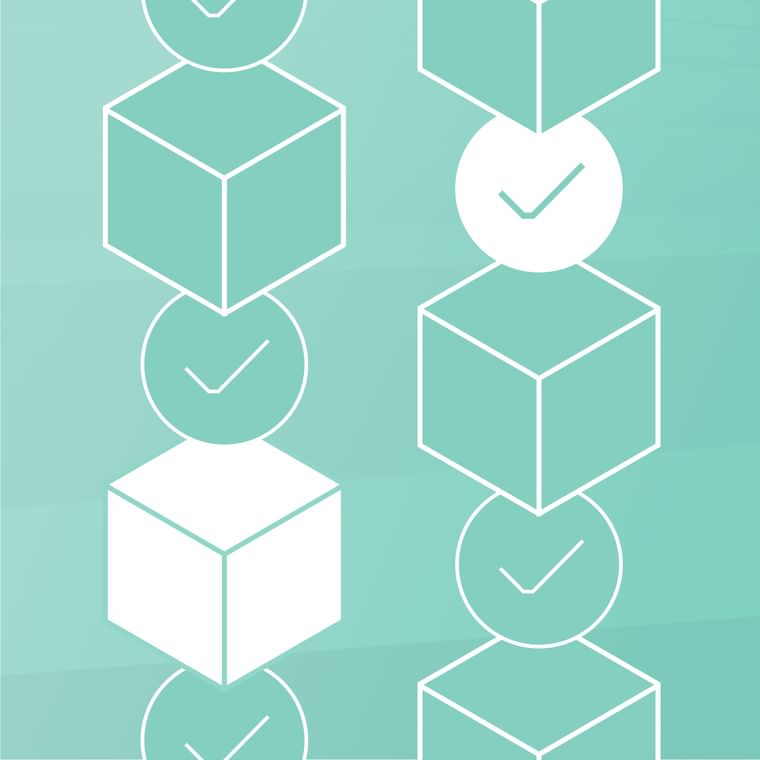What Is Zero Trust Security? How It Works, Why It's Important, and How To Adopt It
“Never trust, always verify”
Zero trust is a cybersecurity framework based on the principle that nothing is automatically trusted. Every person, device, or digital interaction is immediately regarded as a potential threat by the framework until they prove otherwise.
The zero trust strategy is a collection of procedures designed to protect a network from internal threats. Zero trust only shares the minimal access needed for an authorized user to do their job. It is also monitoring for suspicious behavior indicating a possible threat.
Zero trust security is not just a buzzword. It provides crucial security as criminals develop more sophisticated cyberattacks. It’s especially relevant with the growth of remote work, more reliance on cloud applications, and increasingly sophisticated cyberattacks. Learn how it works, why it matters, and how to implement it.
Why Is Zero Trust Important?
Zero trust’s importance in cybersecurity is relatively recent. But it's growing in popularity as organizations move to a cloud-based system and away from on-premises servers. Cloud applications and services provide more remote access which is necessary as employees are opting to work remotely. But it comes with different security challenges compared to on-prem servers.
Traditional security frameworks often rely on implicit trust which assumes every user and device already granted access to a network is trustworthy. Traditional security focuses on keeping unauthorized users out and utilizes perimeter defenses like firewalls to protect the network. But there isn't always a protocol to detect threats already inside the network which is where traditional security fails. This is increasingly risky as insidious attacks like account takeovers and supply chain compromise grow in frequency and severity.
Even the U.S. federal government is moving toward a zero trust security framework. The White House issued an executive order to "advance toward Zero Trust Architecture" and improve the nation's cybersecurity protocols.
Implementing zero trust as a security model means the network is consistently searching for data breaches. "The Zero Trust Architecture…constantly limits access to only what is needed and looks for anomalous or malicious activity," shares the White house.
What Zero Trust Cybersecurity Does
Zero trust networks are another layer of security against modern cyberattacks. Take phishing emails, for example. Criminals rely on social engineering tactics to trick people into sending them sensitive information like login credentials. Once a criminal has learned the login credentials, they may attempt to log in to the associated account and perpetuate further attacks.
However, zero trust procedures may stop the criminal from pursuing their malicious goals. If multi-factor authentication is required to access an account, a criminal will have a more difficult time logging into an account. With zero trust, compromising one account that’s connected to other applications won’t grant an attacker unfettered access to those other applications.
Zero trust can help stem the fallout from business email compromise (BEC) scams. An optimal zero trust approach will utilize behavior analysis to notice suspicious activity and stop zero-day email attacks. For example, Abnormal Security can detect if an email received from a trusted source was sent from a new device which triggers a red flag of a possible cyberattack.
Ultimately, zero trust security seeks to fill the void of protection against insider threats or implied trusted sources. This additional layer of security can protect organizations from modern cybersecurity attacks.
How Does Zero Trust Work?
"Never trust, always verify" is the motto of zero trust. Essentially a zero trust approach should always verify the authenticity of every user, device, and network at every step. There are many components contributing to a zero trust architecture. Some of these elements may include:
Least-privilege access
Comprehensive real-time security monitoring
User behavior analysis to detect unusual activity
System security automation
Multi-factor authentication
Microsegmentation
All of these security tools and processes can create a zero trust architecture with the ability to effectively monitor and detect inside and outside threats to the network. It can accomplish this because it has the data to evaluate every access request. This data provides context like the user's role, location, device, and what data they are requesting. A zero trust model means security protols will determine if the access request is coming from a trusted source.
Even in the event of a data breach, privileged access management and microsegmentation minimize the damage a criminal could potentially cause to an organization. A criminal caught in a zero trust system is unable to move laterally and obtain data.
By providing an environment with limited access to an organization's data and continuously proving the user's identity, organizations can reduce cybersecurity risks.
How Can Organizations Implement Zero Trust Security?
Even the U.S. government admits "...moving to a zero trust architecture will be a multi-year journey for agencies."
One of the main obstacles to building a zero trust security framework is the legacy system itself. Existing systems are built on implicit trust which means people can move laterally or access more data than necessary to do their jobs. To replace implicit trust systems with zero trust security often requires rebuilding or replacing the entire IT infrastructure. This can cost organizations a significant amount of time and money to accomplish.
Another obstacle facing organizations is the lack of a clear path to transitioning to zero security architecture. While many paths are suggested, there isn't a holistic approach or best practices to implementing zero trust security.
The best way to move forward to transitioning to zero trust security is to take one step at a time. The CISA Zero Trust Maturity Model includes different levels of maturity stages which is useful for organizations to determine where they currently stand and how they could improve. Organizations may also want to refer to CISA Cloud Security Technical Reference Architecture and the Federal Zero Trust Strategy to learn more about transitioning to a zero trust architecture.
When it comes to email security, Abnormal has many tools to detect and block zero-day email attacks. Our API-based solution goes beyond scanning for malicious links and attachments. We use behavioral AI to learn your employees' and vendors' behavior and then detect and block anomalies.
To learn more about how Abnormal can prevent socially engineered and unwanted emails, request a demo of the platform today.





